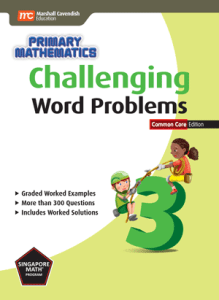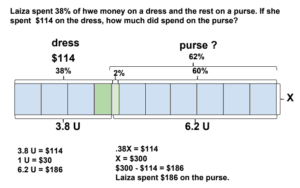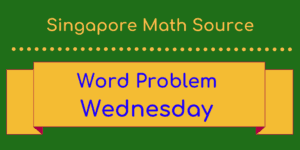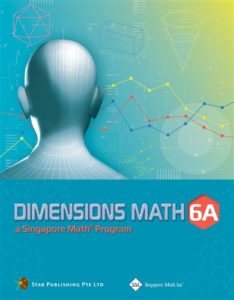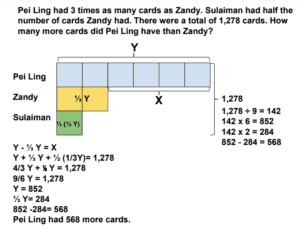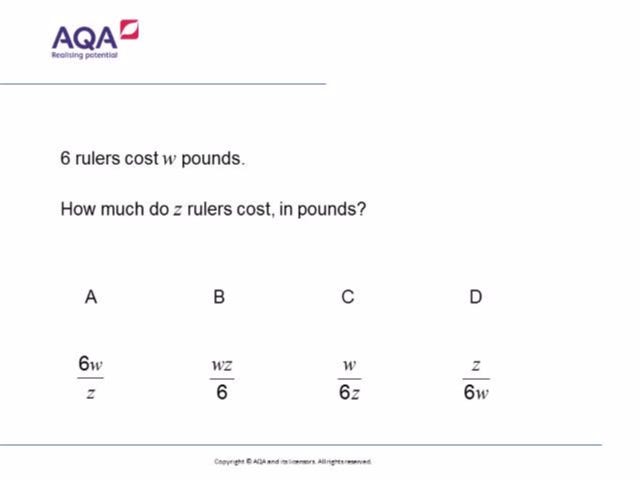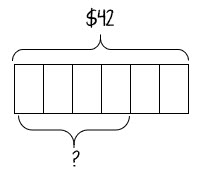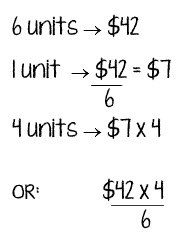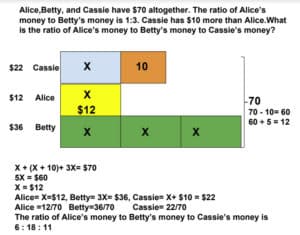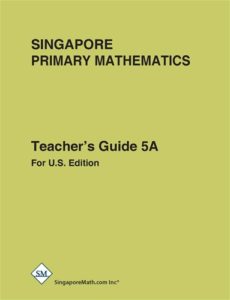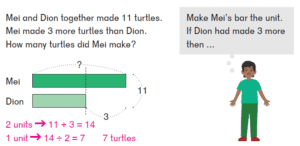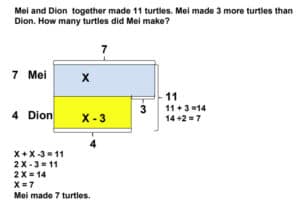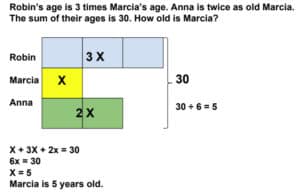 Catch Cassy and Beth at the California Mathematics Council – South Annual Conference in Palm Springs
Catch Cassy and Beth at the California Mathematics Council – South Annual Conference in Palm Springs
Math Champions is happy to be returning to Palm Springs on November 2nd and 3rd to work with educators from Southern California. Cassy and Beth will be presenting three sessions this year, supporting the theme of Mathematical Journeys to Empower All Students.
Play some math games!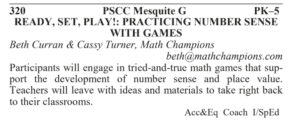
Join us on Friday at 1:30 pm for Ready, Set, Play!: Practicing Number Sense with Games. Engage in tried-and-true math games that support the development of number sense and place value. Leave with ideas and materials to take right back and use immediately in your classrooms.
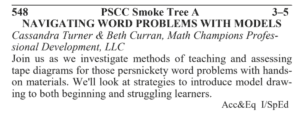 Hone your bar modeling!
Hone your bar modeling!
Continue your learning on Saturday at 8:30 am with Navigating Word Problems with Models. We’ll investigate methods of teaching and assessing tape diagrams for those persnickety word problems with hands-on materials. We’ll look at strategies to introduce model drawing to both beginning and struggling learners.
Strengthen your mental math!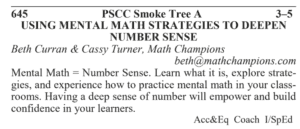
Come back again on Saturday at 10:30 am for Using Mental Math Strategies to Deepen Number Sense. Learn what we mean by mental math, explore strategies, and experience how to practice mental math in your classrooms. Having a deep sense of number will empower and build confidence in your learners.
Not registered? No problem! Registration is currently open.
Attend one of our sessions and identify yourself as a blog follower to receive a gift of thanks. We hope to see you there!
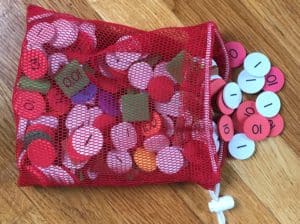 This option works great if you have enough discs for each student to have 20 of each place value; 20 ones, 20 tens, 20 hundreds, etc. Students are expected to keep these baggies or boxes of discs in their desks.
This option works great if you have enough discs for each student to have 20 of each place value; 20 ones, 20 tens, 20 hundreds, etc. Students are expected to keep these baggies or boxes of discs in their desks.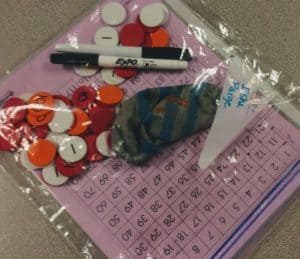
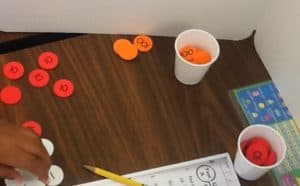 In this case, discs are organized by place value into tubs. So, you would have a tub of ones, a tub of tens, and so on. In each tub, you can keep a set of small cups (Dixie cups work well) for students to take a scoop of the discs when needed. Clean up is a snap. Students simply dump the cups of discs back into the correct place value tub.
In this case, discs are organized by place value into tubs. So, you would have a tub of ones, a tub of tens, and so on. In each tub, you can keep a set of small cups (Dixie cups work well) for students to take a scoop of the discs when needed. Clean up is a snap. Students simply dump the cups of discs back into the correct place value tub.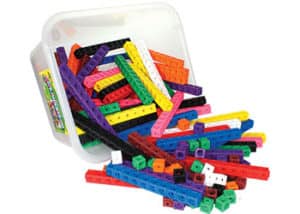 Community Tubs
Community Tubs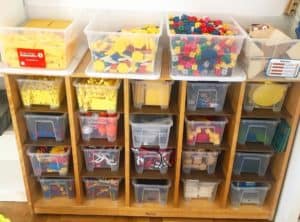
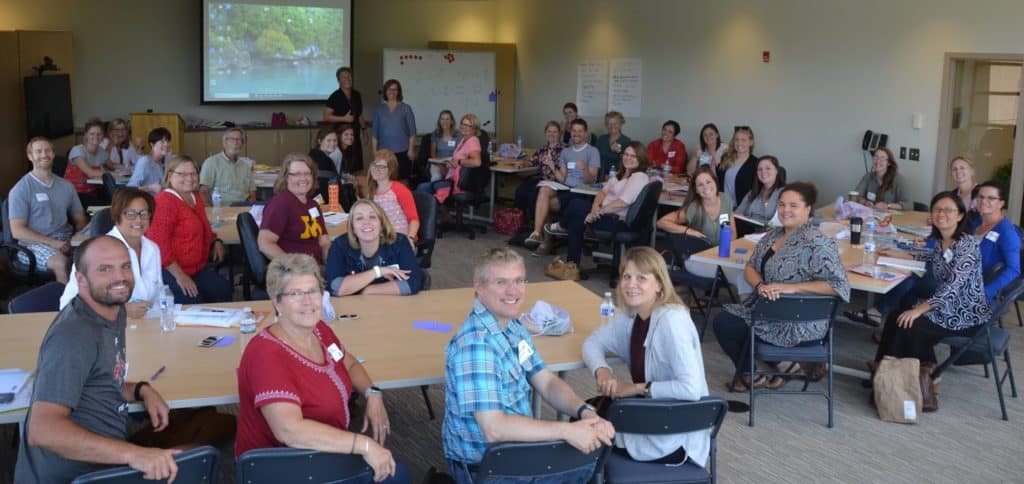

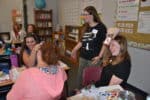

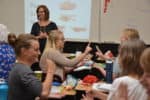
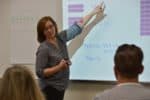
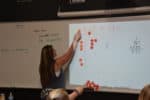
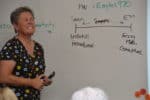


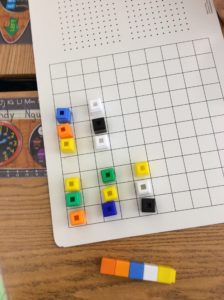 Kindergarten – used for counting with one-to-one correspondence, measuring with non-standard units, and for modeling basic addition and subtraction situations.
Kindergarten – used for counting with one-to-one correspondence, measuring with non-standard units, and for modeling basic addition and subtraction situations.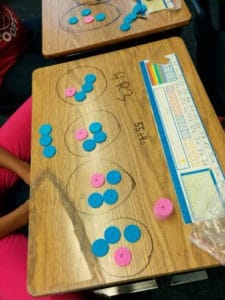 Find Base Ten Blocks
Find Base Ten Blocks 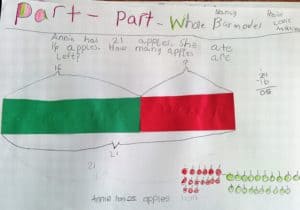
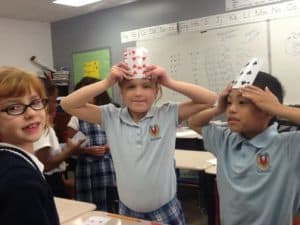 Find number cards on our
Find number cards on our 